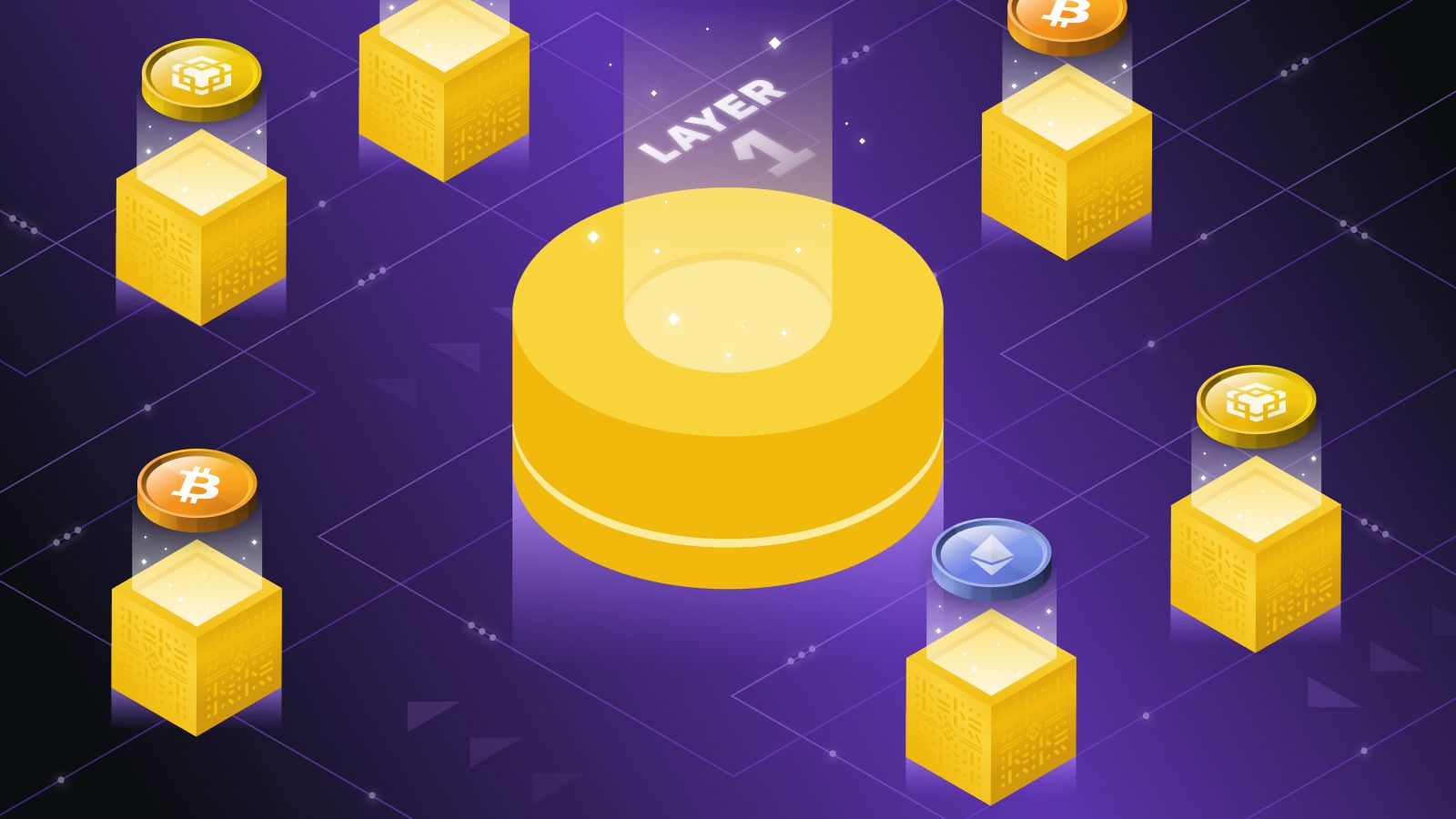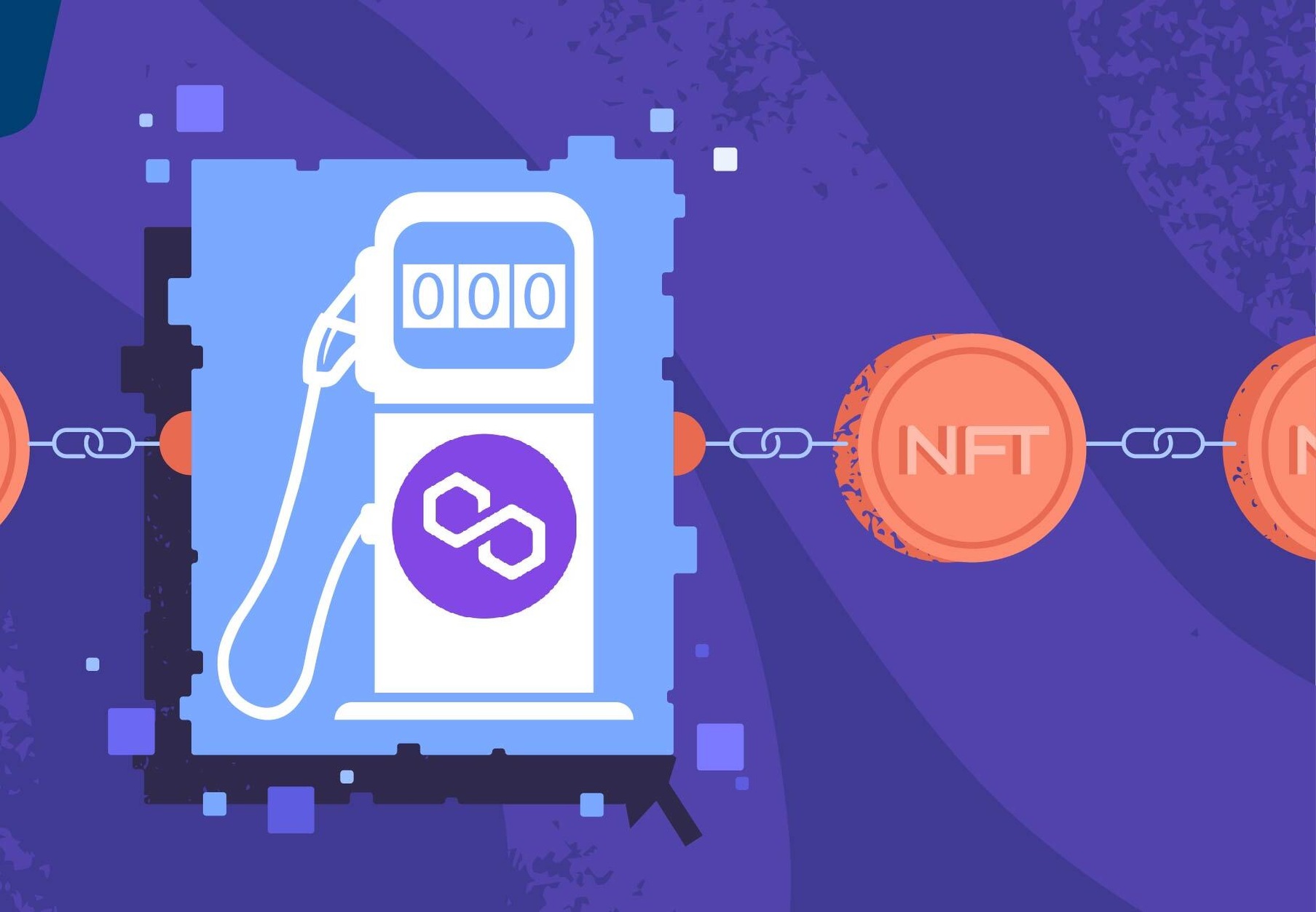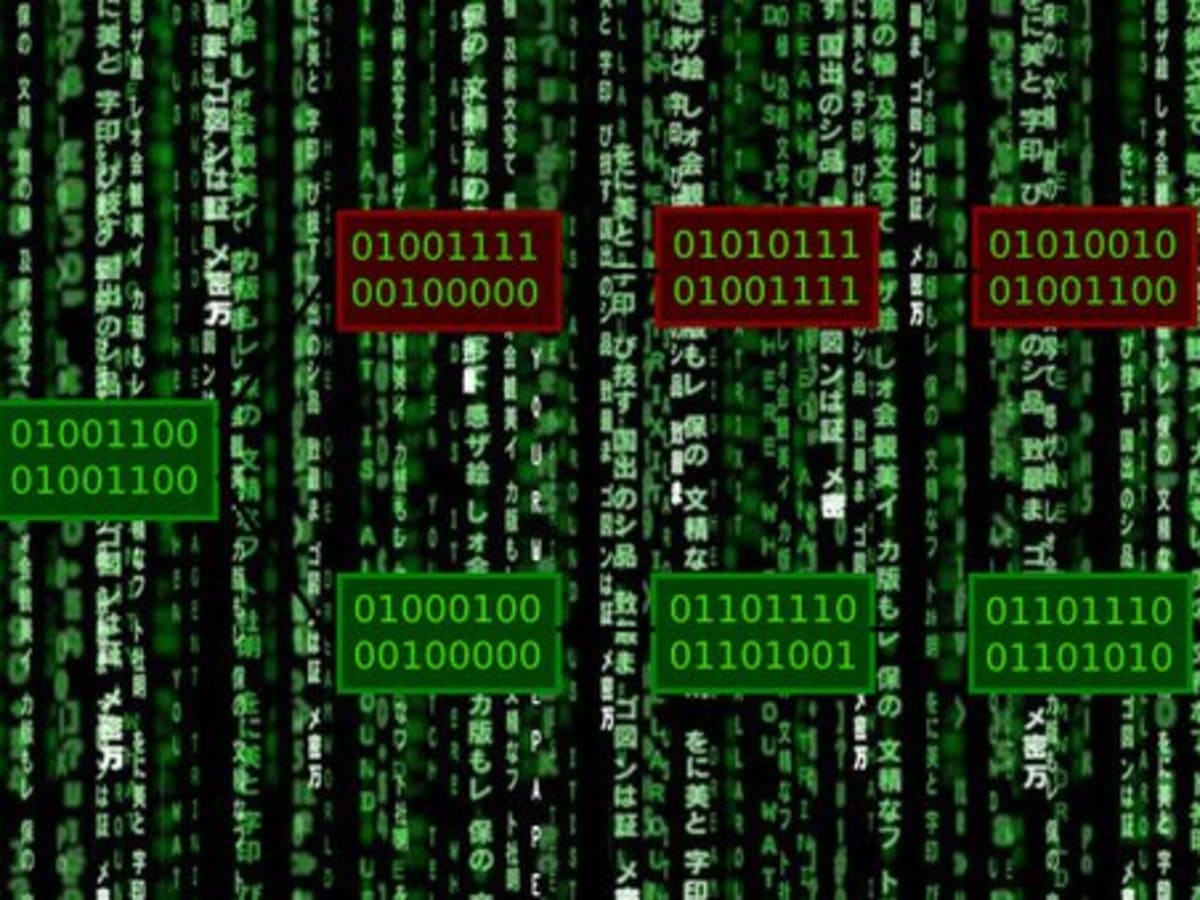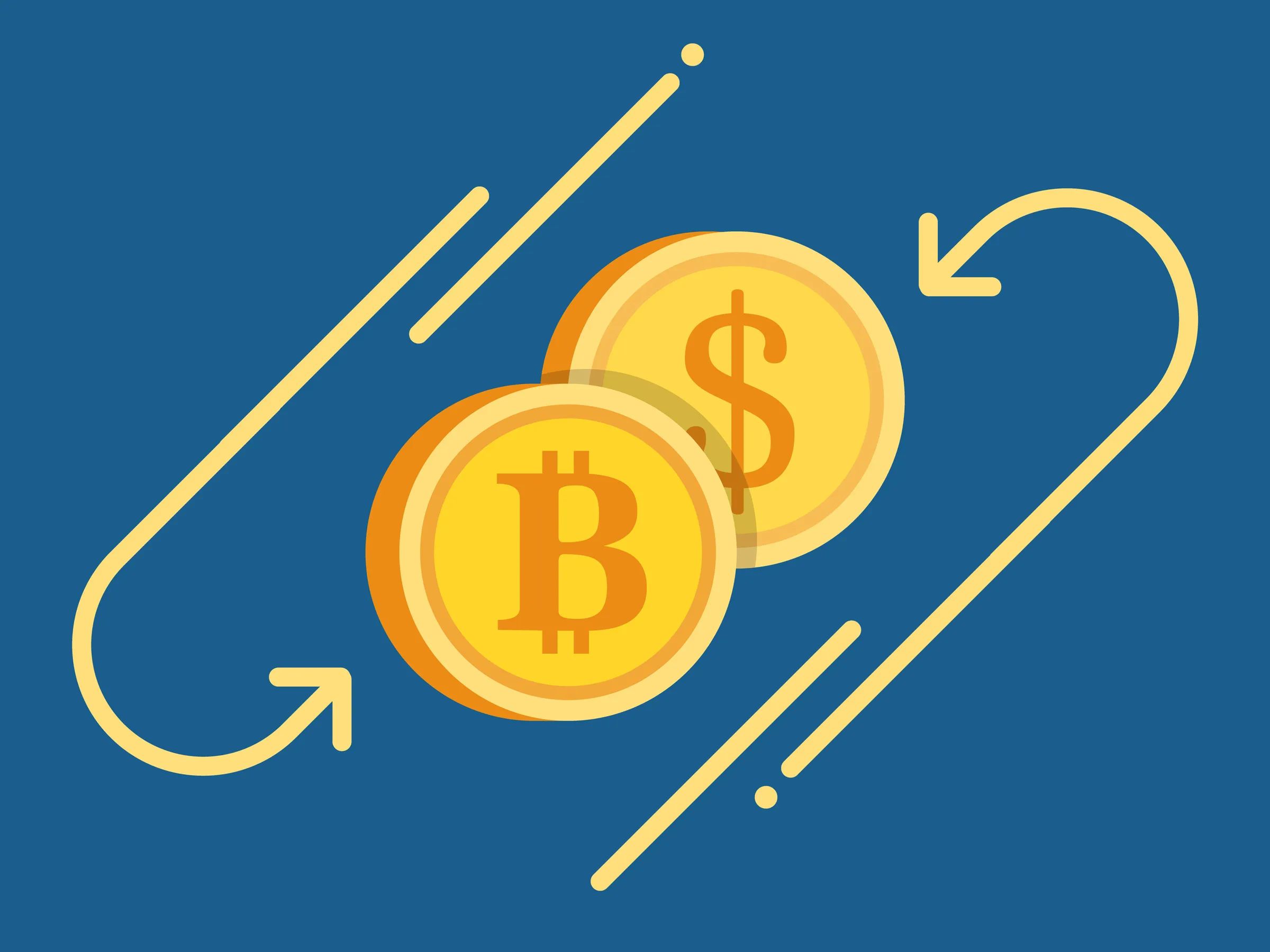Introduction
In today’s digital age, blockchain technology has gained significant attention for its potential to transform various industries. Blockchain, the decentralized and immutable ledger system, has paved the way for secure and transparent transactions. One key aspect of blockchain technology is the concept of layer 1 blockchains.
Layer 1 blockchains serve as the foundational layer of the blockchain ecosystem. They provide the fundamental infrastructure for creating and executing decentralized applications (dApps), smart contracts, and digital assets. Layer 1 blockchains play a vital role in ensuring the security, scalability, and efficiency of blockchain networks.
Layer 1 blockchains differentiate themselves from other layers in the blockchain stack, such as layer 2 solutions, by directly handling the consensus mechanism and executing the core operations of the blockchain. They are responsible for network governance, transaction validation, and maintaining a distributed ledger.
In this article, we will explore the concept of layer 1 blockchains in more detail. We will examine their key features, provide examples of popular layer 1 blockchains, discuss the pros and cons of using layer 1 blockchains, and compare them to layer 2 scaling solutions. Additionally, we will touch upon layer 1 scaling solutions that aim to address the scalability challenges faced by these blockchains. So, let’s dive in and uncover the world of layer 1 blockchains!
What is a Layer 1 Blockchain?
A layer 1 blockchain, also known as a base layer or mainnet, refers to the primary layer of a blockchain network. It serves as the foundational infrastructure that allows for the creation, validation, and execution of transactions and smart contracts. Layer 1 blockchains are designed to be decentralized, secure, and immutable, making them a critical component of the blockchain ecosystem.
At its core, a layer 1 blockchain consists of a distributed network of nodes that work together to maintain the integrity of the blockchain. These nodes participate in the consensus mechanism, which is the process by which decisions are made regarding the validation of transactions and the addition of new blocks to the blockchain.
Layer 1 blockchains employ various consensus algorithms to achieve consensus among network participants. Bitcoin, the first and most well-known layer 1 blockchain, utilizes the Proof of Work (PoW) consensus algorithm. PoW requires miners to solve complex mathematical puzzles to validate transactions and secure the network.
Another widely used consensus algorithm is Proof of Stake (PoS), which is employed by blockchains like Ethereum 2.0 and Cardano. In PoS, participants can become validators by holding a certain amount of the native cryptocurrency. Validators are chosen to create new blocks based on their stake in the network, rather than computational power.
Layer 1 blockchains also provide scripting capabilities, allowing developers to write and execute smart contracts. Smart contracts are self-executing contracts with predefined rules and conditions written in code. They automatically execute transactions and enforce contractual obligations without the need for intermediaries, ensuring trust and efficiency in contractual relationships.
One essential characteristic of layer 1 blockchains is their decentralized nature. They rely on a network of independent nodes that collectively maintain the blockchain’s integrity. This decentralization ensures that no single entity has control over the network, enhancing security and preventing malicious activities such as censorship or double-spending.
Layer 1 blockchains also offer transparency and immutability. Every transaction and modification to the blockchain is recorded in a transparent and immutable manner, making it virtually impossible to alter or tamper with historical data. This feature ensures trust and accountability within the network, making layer 1 blockchains suitable for various use cases requiring high levels of security and transparency.
Features of Layer 1 Blockchains
Layer 1 blockchains offer several distinct features that set them apart from other layers in the blockchain ecosystem. These features contribute to the security, scalability, and functionality of the blockchain network. Let’s explore some of the key features of layer 1 blockchains.
- Decentralization: Layer 1 blockchains are designed to be decentralized, meaning that no single entity or group has control over the network. This decentralization ensures that the power is distributed among network participants, enhancing security and resisting censorship or manipulation.
- Security: Layer 1 blockchains employ robust security measures to protect against attacks and ensure the integrity of the network. These measures often include cryptographic algorithms, consensus mechanisms, and strict validation procedures to validate transactions and prevent unauthorized changes to the blockchain.
- Immutability: Layer 1 blockchains are immutable, meaning that once a transaction or data is added to the blockchain, it cannot be modified or tampered with. This immutability ensures the integrity and trustworthiness of the blockchain, making it suitable for applications that require auditability and transparency.
- Scalability: Layer 1 blockchains face challenges regarding scalability, as the computational power and storage required to process and store each transaction can limit their capacity. However, several layer 1 blockchains are working on implementing solutions to improve scalability, such as sharding, state channels, or sidechains.
- Smart Contract Support: Layer 1 blockchains support the execution of smart contracts, which are self-executing agreements with predefined rules and conditions. Smart contracts enable the automation of contractual obligations, facilitating the development of decentralized applications (dApps) and enabling a wide range of use cases.
- Interoperability: Layer 1 blockchains often strive for interoperability, enabling seamless communication and exchange of assets and information across different blockchain networks. Standards like the Inter-Blockchain Communication (IBC) protocol and the concept of cross-chain bridges provide compatibility between various layer 1 blockchains.
These features collectively contribute to the strength and versatility of layer 1 blockchains, making them suitable for a wide range of applications, including financial services, supply chain management, decentralized governance, and more. Layer 1 blockchains serve as the foundation for building decentralized ecosystems and are at the forefront of innovation in the blockchain industry.
Examples of Layer 1 Blockchains
The blockchain industry has witnessed the rise of various layer 1 blockchains, each with its unique features, consensus mechanisms, and use cases. Here are some prominent examples of layer 1 blockchains that have gained significant attention and adoption.
- Bitcoin (BTC): Bitcoin is the pioneer and most well-known layer 1 blockchain. It was created by an anonymous individual or group known as Satoshi Nakamoto in 2008. Bitcoin utilizes the Proof of Work (PoW) consensus algorithm and serves as a decentralized digital currency that enables peer-to-peer transactions without the need for intermediaries.
- Ethereum (ETH): Ethereum is a leading layer 1 blockchain that goes beyond simple financial transactions. It introduced the concept of smart contracts and decentralized applications (dApps), providing a robust platform for developers to build innovative blockchain-based solutions. Ethereum initially used the PoW consensus algorithm but is transitioning to Proof of Stake (PoS) with Ethereum 2.0 to improve scalability and energy efficiency.
- Cardano (ADA): Cardano is a layer 1 blockchain that aims to provide a secure and sustainable platform for the development of smart contracts and dApps. It utilizes the PoS consensus algorithm, offering high transaction throughput and scalability. Cardano also features a robust governance model that allows stakeholders to have a say in the decision-making process.
- Solana (SOL): Solana is a high-performance layer 1 blockchain that focuses on scalability and fast transaction processing. It employs a unique Proof of History (PoH) consensus mechanism, combined with a PoS consensus model, to achieve high throughput and low latency. Solana aims to provide a solution for decentralized applications that require high-speed transaction processing, such as decentralized exchanges and high-frequency trading.
- Polkadot (DOT): Polkadot is a multi-chain layer 1 blockchain platform that aims to facilitate interoperability between different blockchain networks. It utilizes a relay chain and parachains, allowing for the transfer of assets and information between multiple blockchains. Polkadot’s interoperability and scalability features make it an attractive option for developers who want to build cross-chain dApps or connect multiple blockchain ecosystems.
These examples demonstrate the diversity and innovation in the layer 1 blockchain space. Each blockchain has its unique strengths and caters to different use cases, ranging from digital currency and finance to decentralized applications and cross-chain functionality. As the blockchain industry continues to evolve, we can expect to see the emergence of more layer 1 blockchains with distinct features and capabilities.
Pros and Cons of Layer 1 Blockchains
Layer 1 blockchains offer numerous advantages and opportunities for various applications, but they also have their limitations. Let’s explore the pros and cons of using layer 1 blockchains.
Pros:
- Decentralization: Layer 1 blockchains are designed to be decentralized, ensuring that no single entity has control over the network. This decentralization enhances security, resistance to censorship, and makes layer 1 blockchains more trustworthy for sensitive applications that require transparency and immutability.
- Security: Layer 1 blockchains employ robust security mechanisms, including cryptographic algorithms and consensus protocols, to ensure the integrity of the network. The decentralized nature and consensus mechanisms make it difficult for malicious actors to manipulate or compromise the blockchain.
- Flexibility: Layer 1 blockchains provide flexibility in terms of what can be built on top of them. They support the execution of smart contracts, enabling the development of decentralized applications (dApps) and enabling various use cases across industries, including finance, supply chain, healthcare, and more.
- Trustworthiness: Layer 1 blockchains offer trustworthiness through immutability and transparency. Once a transaction is added to the blockchain, it becomes nearly impossible to alter or manipulate it. This ensures accountability and trust in transactions and eliminates the need for intermediaries in verifying and enforcing agreements.
- Innovation: Layer 1 blockchains drive innovation in the blockchain industry. They serve as a foundation for experimentation and the development of new protocols, consensus mechanisms, and scaling solutions. This continuous innovation pushes the boundaries of what can be achieved in decentralized applications and expands the possibilities for future blockchain use cases.
Cons:
- Scalability: Scalability is a common challenge for layer 1 blockchains. The decentralized nature and consensus mechanisms often result in limited transaction throughput, leading to potential network congestion and slower confirmation times. However, various layer 1 scaling solutions, such as sharding and sidechains, are being explored and implemented to address this issue.
- Higher Resource Requirements: Layer 1 blockchains require significant computational power, storage, and bandwidth to function properly. Running a full node can be resource-intensive, limiting the accessibility for individuals or organizations with lower computing capabilities or limited resources.
- Development Complexity: Building on layer 1 blockchains can be complex and requires in-depth understanding of blockchain technology and programming languages. Additionally, the integration of smart contracts and the testing of decentralized applications (dApps) can be challenging, leading to a steeper learning curve for developers.
- Energy Consumption: Some layer 1 blockchains that rely on Proof of Work (PoW) consensus algorithms, such as Bitcoin, consume a significant amount of energy due to the computational power required for mining. This energy consumption has raised concerns regarding the environmental impact of blockchain technology. However, other layer 1 blockchains, such as those utilizing Proof of Stake (PoS), have made efforts to address this issue by being more energy-efficient.
- Regulatory Challenges: As layer 1 blockchains are independent and decentralized networks, they can present challenges in terms of regulatory compliance. The global nature of blockchain technology and the lack of intermediaries can make it difficult for governments and regulatory bodies to monitor and enforce regulations on layer 1 blockchains.
Despite these limitations, layer 1 blockchains continue to evolve and overcome challenges through innovation and the development of new solutions. Understanding the pros and cons of layer 1 blockchains is crucial for assessing their suitability for different use cases and evaluating the trade-offs involved.
How Layer 1 Blockchains Differ from Layer 2 Solutions
Layer 1 blockchains and layer 2 solutions are both integral parts of the blockchain ecosystem, but they serve different purposes and address distinct scalability and functionality challenges. Let’s explore how layer 1 blockchains differ from layer 2 solutions.
Layer 1 Blockchains:
Layer 1 blockchains, also known as base layers or mainnets, are the foundational layer of the blockchain network. They handle the core operations of the blockchain, including network governance, transaction validation, and maintaining a distributed ledger. Key characteristics of layer 1 blockchains include:
- Security and Decentralization: Layer 1 blockchains prioritize security and decentralization by relying on a distributed network of nodes. Consensus mechanisms, such as Proof of Work (PoW) or Proof of Stake (PoS), ensure the integrity and trustworthiness of transactions.
- Native Asset: Layer 1 blockchains have their native cryptocurrency or token, which is used for transaction fees, network governance, and incentive mechanisms.
- Scalability Challenges: Layer 1 blockchains face scalability challenges due to the limited transaction throughput and confirmation times. The decentralized nature and consensus mechanisms often make it difficult to achieve high scalability without compromising security.
- Smart Contract Support: Layer 1 blockchains provide the infrastructure for executing smart contracts, enabling the development of decentralized applications (dApps) and programmable digital assets.
- Network Effects and Ecosystem: Layer 1 blockchains typically have a strong network effects and an established ecosystem of applications, projects, and user communities.
Layer 2 Solutions:
Layer 2 solutions are designed to address the scalability limitations of layer 1 blockchains. Rather than processing and storing every transaction on the main blockchain, layer 2 solutions move some of the transaction processing or data to a separate layer, while still leveraging the security and decentralization of the layer 1 blockchain. Key characteristics of layer 2 solutions include:
- Scalability: Layer 2 solutions aim to improve scalability by offloading some transaction processing or data storage to a secondary layer. This allows for a higher transaction throughput and faster confirmation times.
- Interoperability: Layer 2 solutions can be built on top of multiple layer 1 blockchains, enabling interoperability and the exchange of assets or information between different blockchain networks.
- Faster and Cheaper Transactions: By processing transactions off-chain or through sidechains, layer 2 solutions can achieve faster and more cost-effective transactions compared to layer 1 blockchains.
- Transactional Trust: Layer 2 solutions rely on the underlying layer 1 blockchain for security and trustworthiness. The finality of transactions on layer 2 is ultimately secured by the consensus mechanism of the layer 1 blockchain.
- Varied Functionality: Layer 2 solutions can introduce additional functionality beyond simple transaction processing, such as privacy features, advanced smart contract capabilities, or scalability techniques like state channels or plasma.
In summary, layer 1 blockchains serve as the foundation of the blockchain ecosystem, providing security, decentralization, and support for smart contracts. Layer 2 solutions, on the other hand, focus on improving scalability and transaction speeds by processing transactions off-chain or on secondary layers while leveraging the security of the underlying layer 1 blockchain. Together, layer 1 blockchains and layer 2 solutions form a comprehensive and scalable blockchain architecture that can accommodate a wide range of applications and use cases.
Layer 1 Scaling Solutions
Layer 1 blockchains face scalability challenges due to their decentralized nature and the computational requirements of processing and validating each transaction. However, the blockchain community has been actively working on various layer 1 scaling solutions to improve throughput, reduce latency, and enhance the overall scalability of these blockchains. Let’s explore some of the notable layer 1 scaling solutions.
Sharding:
Sharding is a technique that involves partitioning the blockchain network into smaller subsets called shards. Each shard can process transactions independently, allowing for parallel processing and significantly increasing the overall transaction throughput. Sharding helps alleviate the burden on individual nodes by distributing the computational load across multiple shards, thereby enhancing scalability.
State Channels:
State channels are off-chain solutions that enable participants to conduct multiple transactions without broadcasting each one to the main blockchain. By opening a state channel, participants can interact directly with each other through signed transactions, minimizing the need for on-chain processing. This reduces transaction fees and increases transaction speeds as only the final state is recorded on the layer 1 blockchain.
Sidechains:
Sidechains are independent blockchains that are connected to the main layer 1 blockchain. They operate in parallel and allow for the transfer of assets and information between the main blockchain and the sidechain. Sidechains can be used to offload certain types of transactions from the main blockchain, reducing congestion and increasing scalability. They can also introduce specialized features or consensus mechanisms for specific use cases.
Optimistic Rollups:
Optimistic rollups are layer 2 scaling solutions that operate by bundling multiple transactions into a single batch and submitting a compressed version of the batch to the layer 1 blockchain for verification and finality. This approach reduces the computational overhead and transaction fees associated with individual transactions. By leveraging fraud proofs and economic incentives, optimistic rollups ensure the security and validity of transactions without relying on frequent layer 1 interactions.
Plasma:
Plasma is a framework that enables the creation of scalable and secure layer 2 chains, also known as child chains, that are anchored to the main layer 1 blockchain. Child chains can process a high volume of transactions while periodically committing the final state to the layer 1 blockchain, ensuring the security and trustworthiness of transactions. Plasma provides a scalable solution for decentralized applications that require high-speed transaction processing.
These layer 1 scaling solutions are designed to address the scalability limitations of layer 1 blockchains, enabling them to handle a higher transaction throughput and improving overall network efficiency. By implementing these solutions, blockchain networks can achieve higher scalability and accommodate a wider range of applications and use cases, fostering the adoption of blockchain technology on a global scale.
Conclusion
Layer 1 blockchains are the foundation of the blockchain ecosystem, providing security, decentralization, and support for smart contracts. They serve as the backbone for creating and executing decentralized applications, enabling transparent and immutable transactions across various industries.
Layer 1 blockchains offer several key features, including decentralization, security, immutability, and smart contract support. These features make them suitable for applications that require trust, transparency, and accountability. However, layer 1 blockchains also face scalability challenges and require significant computational resources.
To address these scalability limitations, various layer 1 scaling solutions, such as sharding, state channels, sidechains, optimistic rollups, and Plasma, are being developed and implemented. These solutions aim to improve throughput, reduce latency, and enhance the overall scalability of layer 1 blockchains.
It’s important to note that layer 1 blockchains work in conjunction with layer 2 solutions to create a comprehensive and scalable blockchain architecture. Layer 2 solutions provide additional scalability and enable faster transactions by processing some transactions off-chain or on secondary layers while leveraging the security of the layer 1 blockchain.
As the blockchain industry continues to evolve, layer 1 blockchains and layer 2 solutions will play crucial roles in driving innovation and transforming various sectors. They open up new possibilities for decentralized applications, financial services, supply chain management, and more. While layer 1 blockchains provide the foundation for trust, security, and decentralization, layer 2 solutions enhance scalability and transaction speeds, leading to a more efficient and inclusive blockchain ecosystem.
In summary, layer 1 blockchains, with their unique features and robust infrastructure, serve as the backbone of the blockchain ecosystem. With ongoing advancements in layer 1 scaling solutions and the growing adoption of layer 2 solutions, the potential of blockchain technology continues to expand, offering exciting possibilities for decentralized and transparent systems in the future.

























